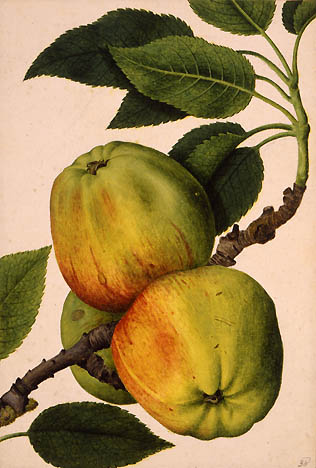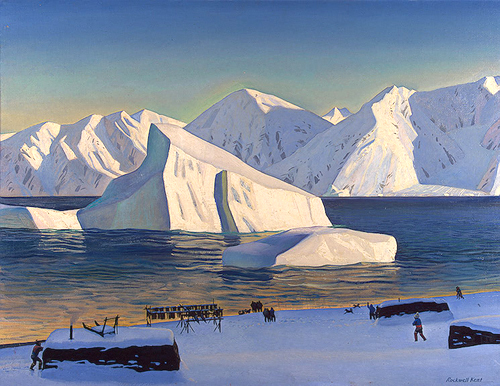
Word of the day: alliaceous : smelling, tasting of garlic, onion
Slow week. Work = boring. Gabriel's been a sleep-deprived lil' crank, but he'll cheer up because he'll go to COSI this weekend and maybe the park.
I'm watching Zodiac for the first time and I'm riveted by its painstaking verisimilitude, its attention to detail, the tightly-wound, drawn-out suspense, a terrific cast (Jake Gyllenhaal, Robert Downey Jr., Mark Ruffalo). Win that Oscar, David Fincher!
And I'm sort of rooting for Annette Bening. A highly formidable actress who gave two knockout performances this year, she is a dark horse and the closest thing Natalie Portman has to competition.
I just finished a masterly book: Ragtime, by E.L. Doctorow. It's a freewheeling, hypnotic, nickelodeon-esque look at the first decade of 20th century America and the various personalities loping across New York at the time: J.P. Morgan, Harry Houdini, Emma Goldman, Freud, Henry Ford, Evelyn Nesbit, among others. Doctorow breaks almost all the conventional rules of fiction: right when he's developing one character, he abandons him or her for a while; the story has no dialogue; the short, declarative sentences can make one feel they're reading a screenplay; he plays around with historical facts. But it all works, a big, spinning sensation.
The artist of the day is the Frenchman Jacques Le Moyne de Morgues. I am reading an interesting book about him. He was the first European artist to ever set foot in North America. He landed in America around 1560 with a group of French Huguenot explorers. Morgues drew local botanical and animal specimens but also created watercolor portraits of the native Americans, who, until this time, had only existed (for Europeans) in the stories brought back from explorers such as Columbus, who portrayed them as bloodthirsty, paganistic cannibals. Back in England, his patrons included Sir Walter Raleigh. Most of his actual drawings had been destroyed in a Spanish attack on Fort Caroline, which the French explorers had set up just outside present-day Jacksonville (the Spanish and the French were competing for territory in the New World). A Belgian engravist re-produced most of Morgues' works based on Morgue's own re-creations from memory. Morgues' paintings sell for great amounts today, but the legitimacy of them is highly dubious.




